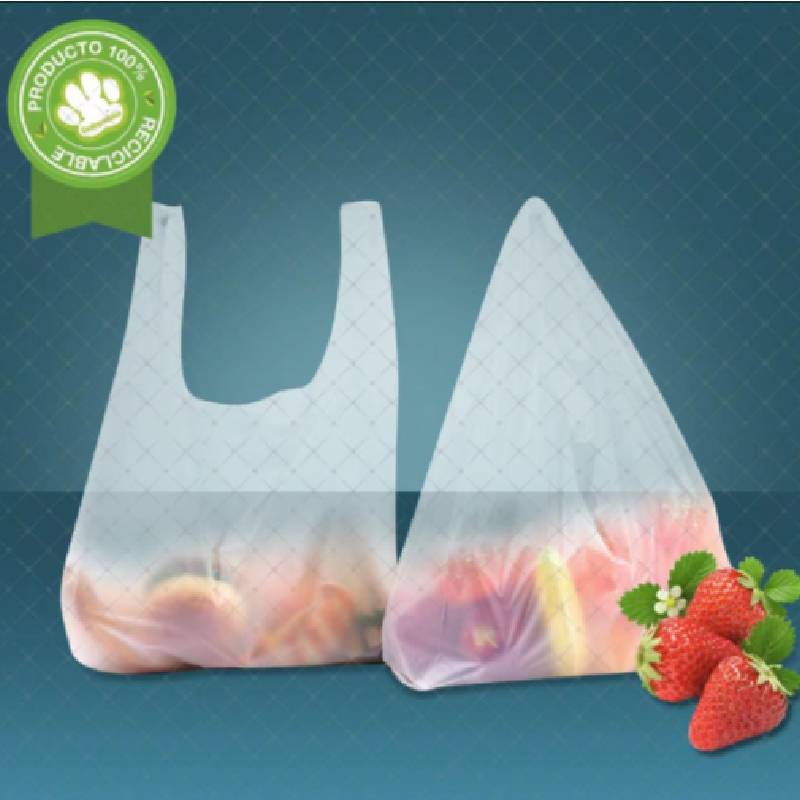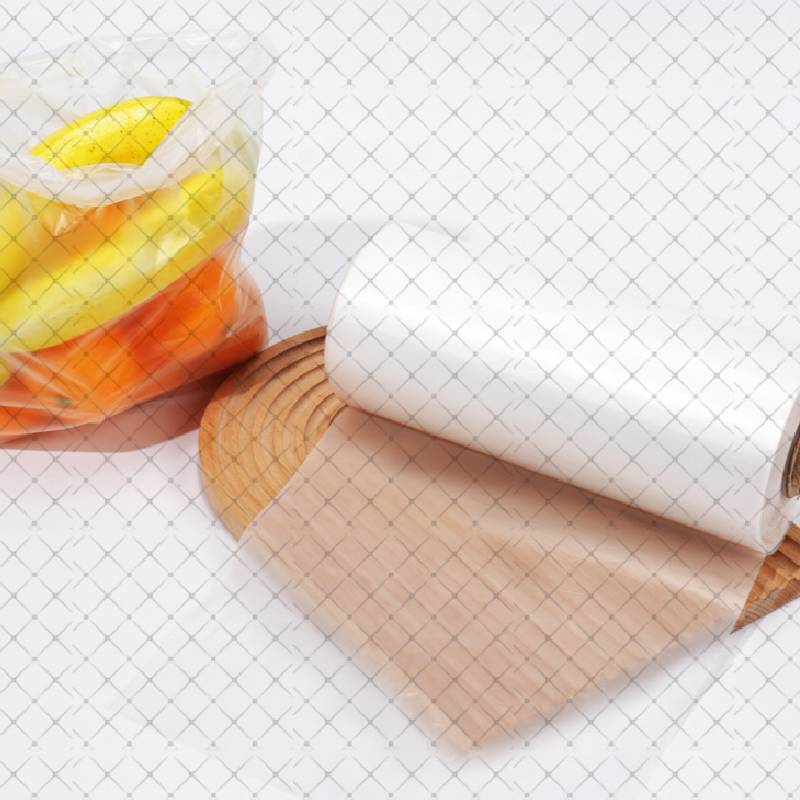Choosing the Best Disposable Chef Gloves for Kitchen Safety and Hygiene Practices
The Importance of Disposable Chef Gloves in Modern Kitchens
In the culinary world, hygiene and food safety are of paramount importance. One key element in maintaining these standards is the use of disposable chef gloves. These gloves have become an essential tool in kitchens around the globe, from home cooks preparing meals for family and friends to professional chefs catering for large events. In this article, we will explore the benefits of disposable chef gloves, their impact on food safety, and how to choose the right type for your kitchen.
Enhancing Food Safety
One of the primary reasons for using disposable chef gloves is to prevent the contamination of food. When handling ingredients, especially raw meat, poultry, or seafood, the risk of transferring harmful bacteria is significant. By wearing gloves, chefs can minimize direct contact with food and reduce the chances of cross-contamination. This is particularly crucial in busy kitchens where multiple tasks occur simultaneously, and maintaining cleanliness can be challenging.
Moreover, disposable gloves play a vital role in adhering to health regulations. Many health authorities mandate the use of gloves in food preparation environments. Compliance with these regulations not only helps protect the health of consumers but also safeguards businesses from potential legal issues arising from foodborne illnesses.
Convenience and Comfort
Disposable chef gloves offer unmatched convenience. They are designed for single use, meaning chefs can easily replace them between tasks, keeping their hands clean and hygienic. This is especially useful when chefs are juggling multiple orders or when the menu includes various types of food that require different handling practices.
Comfort is another significant factor. Modern disposable gloves are made from materials like latex, vinyl, or nitrile, offering varying levels of sensitivity and flexibility. Chefs can choose gloves that provide dexterity while still protecting against spills, splashes, and contaminants. Nitrile gloves, in particular, have gained popularity for their strength and resistance to punctures and tears, making them ideal for food preparation.
disposable chef gloves

Environmental Considerations
While disposable chef gloves offer numerous benefits, there is growing awareness about the environmental impact of single-use plastics. Many manufacturers are now producing eco-friendly options made from biodegradable materials. These gloves provide the same level of hygiene without contributing to environmental pollution. Chefs and restaurants have the option of seeking out these sustainable alternatives, helping to reduce their ecological footprint.
Choosing the Right Disposable Chef Gloves
When selecting disposable chef gloves, several factors should be considered. First, assess the specific tasks that will require gloving. Different activities may necessitate different types of gloves for optimal performance. For instance, if you are dealing with messy or sticky ingredients, a thicker, more durable glove might be required.
Next, pay attention to the size and fit of the gloves. An ill-fitting glove can compromise dexterity and comfort, leading to accidents in the kitchen. Most manufacturers offer a range of sizes, so it’s essential to choose the one that best suits your hands.
Finally, consider any allergies or sensitivities that you or your team members may have. Latex gloves can cause allergic reactions in some individuals, so opting for nitrile or vinyl gloves may be a better choice in such cases.
Conclusion
In conclusion, disposable chef gloves are an indispensable asset in maintaining hygiene and food safety in both professional and home kitchens. They enhance food safety by reducing the risk of contamination, offer convenience and comfort, and contribute to compliance with health regulations. By selecting the right type of glove and considering environmental impacts, chefs can continue to uphold the highest standards of cleanliness while performing their culinary arts. Ultimately, the right glove choice enhances the cooking experience, protects both chefs and consumers, and fosters a culture of safety in the culinary world.
-
The Best Uses for Small Trash Bags in Daily LifeNewsJul.01,2025
-
Stylish Reusable Grocery Bags TrendsNewsJul.01,2025
-
Shipping Advantages of Using Bubble Envelopes BulkNewsJul.01,2025
-
How Compostable Mailing Bags Reduce Environmental ImpactNewsJul.01,2025
-
Environmentally - Friendly Bulk Poly MailersNewsJul.01,2025
-
Eco Friendly Custom Laminated Tote BagsNewsJul.01,2025
-
Have the freedom of customizing your custom mailers any way you want! Our dedicated packaging support will help deliver you the mailing experience you need to elevate your shipping experience to the next level! Start making a strong impression on your customers and stand out from your competitors! -
LIYA uses high quality raw materials which directly purchased from large enterprises domestic and overseas such as PetroChina, Sinopec, Sabic, Equate, ExxonMobil, Dow Chemical, Total, and Borouge, ensuring the price advantage and quality of the raw materials. -
LIYA uses high quality raw materials which directly purchased from large enterprises domestic and overseas such as PetroChina, Sinopec, Sabic, Equate, ExxonMobil, Dow Chemical, Total, and Borouge, ensuring the price advantage and quality of the raw materials.




